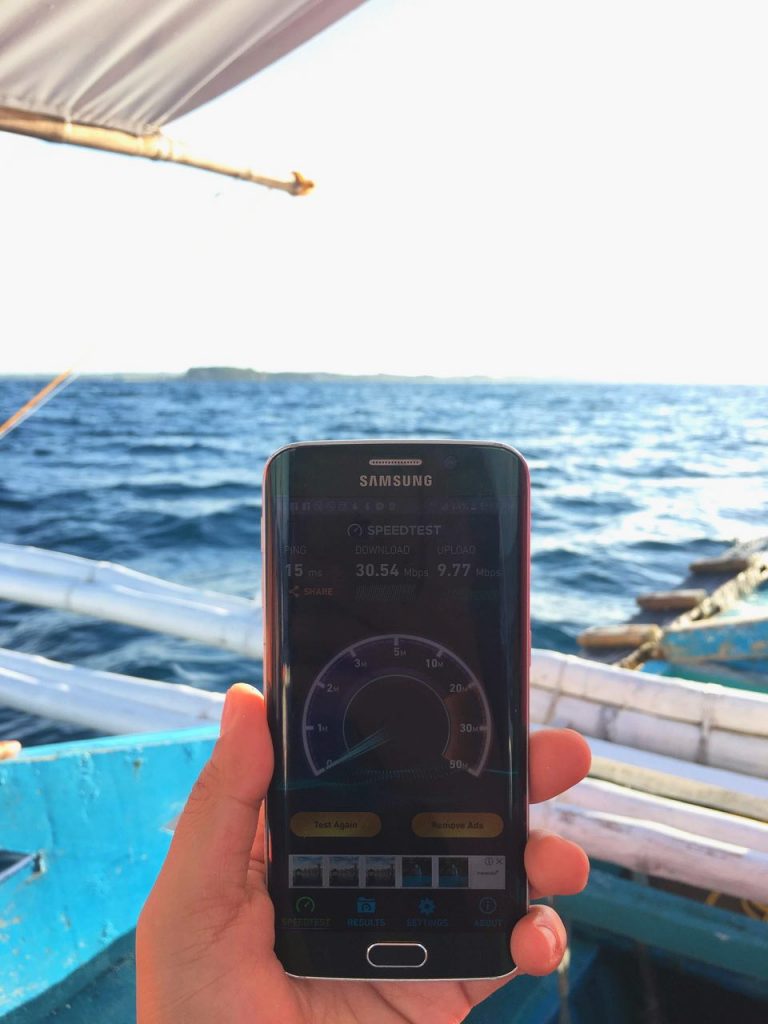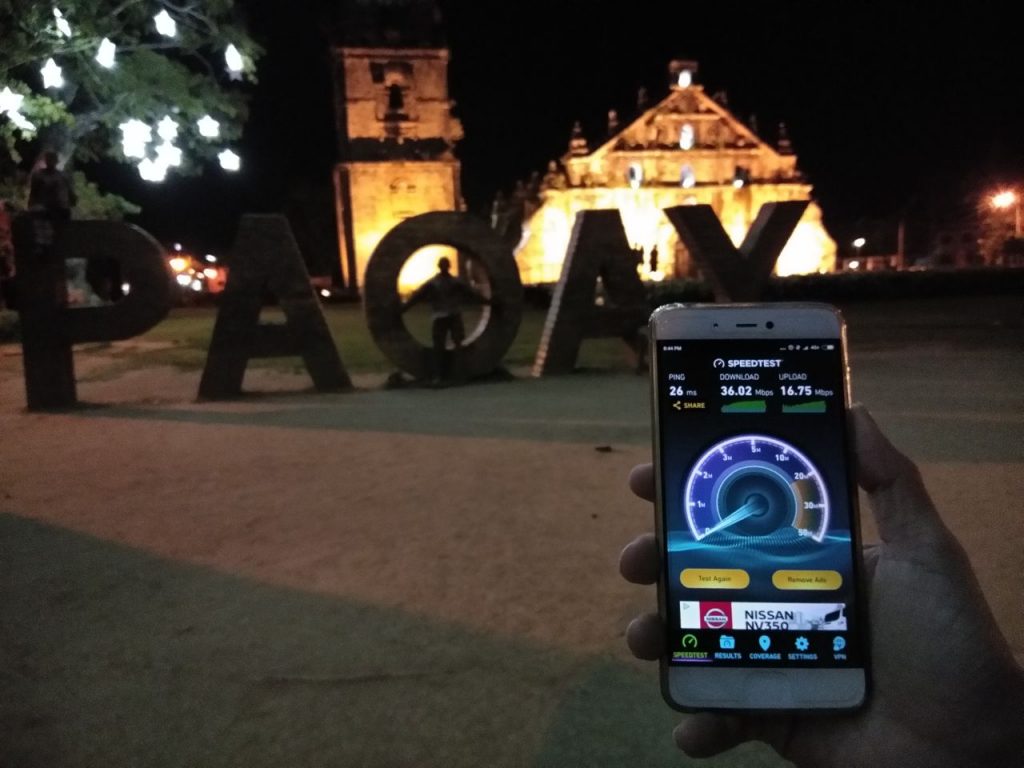Filipinos traveling to popular tourist spots around the country this summer can expect better mobile data experience as PLDT wireless unit Smart Communications, Inc. (Smart) accelerates the roll-out of Long Term Evolution (LTE) and LTE-Advanced (LTE-A) technology to more areas.
Internal tests showed median Smart LTE download speeds of between 10 Mbps to 64 Mbps in selected “summer hotspots” all over the country, including Baguio City in Benguet, San Fernando City in La Union, Timberland Heights in Rizal, Puerto Princesa in Palawan, and Glan in Saragani, to name a few.

“Whether they are surfing the waves in Baler, Aurora, enjoying the food at Pampanga food parks or island-hopping in Batanes, with LTE now in these areas, our traveling Smart, TNT and Sun customers can stay connected wherever they are,” said Mario G. Tamayo, PLDT and Smart Senior Vice President for Network Planning and Engineering.
“More than letting our customers share their travel stories on-the-go via social media and keep in touch with their loved ones through various messaging apps while sightseeing, better connectivity can also boost local tourism and help businesses in the area earn more,” said Tamayo, adding that in areas where Smart has already rolled out LTE and LTE-A, business owners and Smart retailers have reported an increase in sales because of better mobile data experience.

Smart also recently fired up LTE-A in tourist-popular town Sagada in Mountain Province, where hikers can upload photos on their social media in real time while trekking through the town’s popular sights.
Sagada officials, led by Vice Mayor Benjamin Capuyan, have said that they were hopeful that Smart LTE in their town can further boost local tourism and businesses, as well as help Sagada residents stay up-to-date with the rest of the world.
Ramped-up LTE-A rollout
Smart is accelerating its deployment of LTE-A and carrier aggregation across the country. Carrier aggregation (CA) is a feature of LTE-A which enables the combination of two or more radio frequency bands in order to deliver much faster data speeds to mobile phone users. 2-Component Carrier (2CC) carrier aggregation features the combination of two frequencies, while 3CC involves the combination of three frequencies and 4CC combines four bands.
Smart is rolling out up to 3CC to 4CC aggregation across Metro Manila and in other areas where there is a concentration of users and devices, like in urban hubs and tourist destinations with heavy foot-traffic.
In 2018, Smart is doubling the number of LTE base stations to about 17,700 nationwide and raising the number of LTE-equipped cell sites to more than 6,800 this year, using frequencies that are compatible with CA-capable smartphones available in the market today.
Smart is also deploying another LTE-A based technology called 4×4 Multiple Input Multiple Output (MIMO), which raises the radio frequency efficiency by using multiple antennas for sending and receiving data.
Base stations refer to the cellular radio equipment that run on specific frequencies, such as 700 MHz, 1800 MHz or 2100 MHz, while cell sites are the towers or structures that house several of these base stations.
For this ramped-up roll-out, Smart is heavily using the radio frequencies acquired from San Miguel Corporation, with over 2,000 base stations using these frequencies as of end-2017.
Parent company PLDT has committed historic levels of resources to support network transformation. Capital expenditures reached P40 billion in 2017, of which about 67% was allotted for the mobile network.
For 2018, PLDT capex is expected to reach P58 billion, which includes allocations for the aggressive roll-out of its fiber broadband service, which also supports the stepped-up deployment of the mobile network by providing high-capacity links for cellular base stations.

